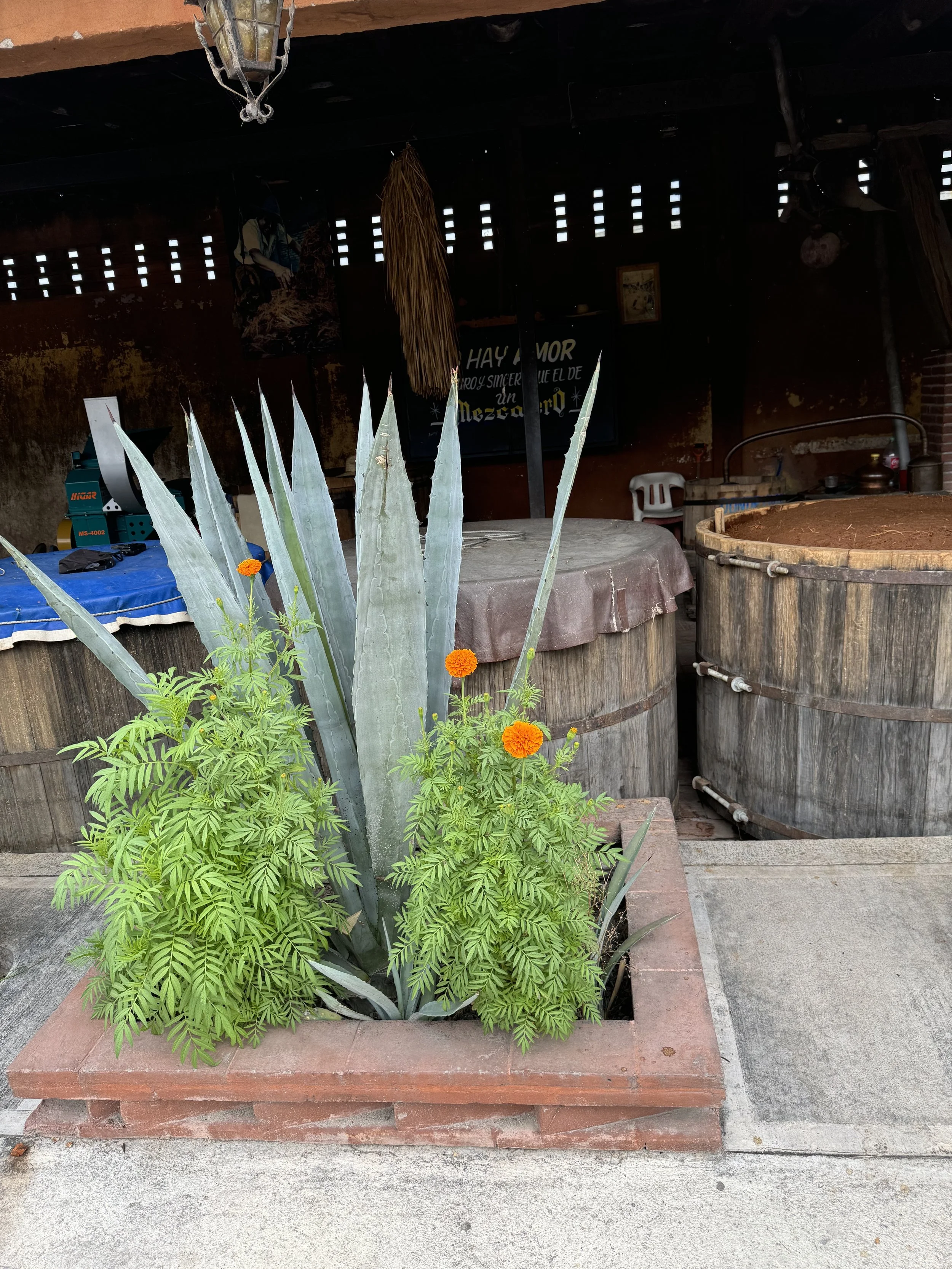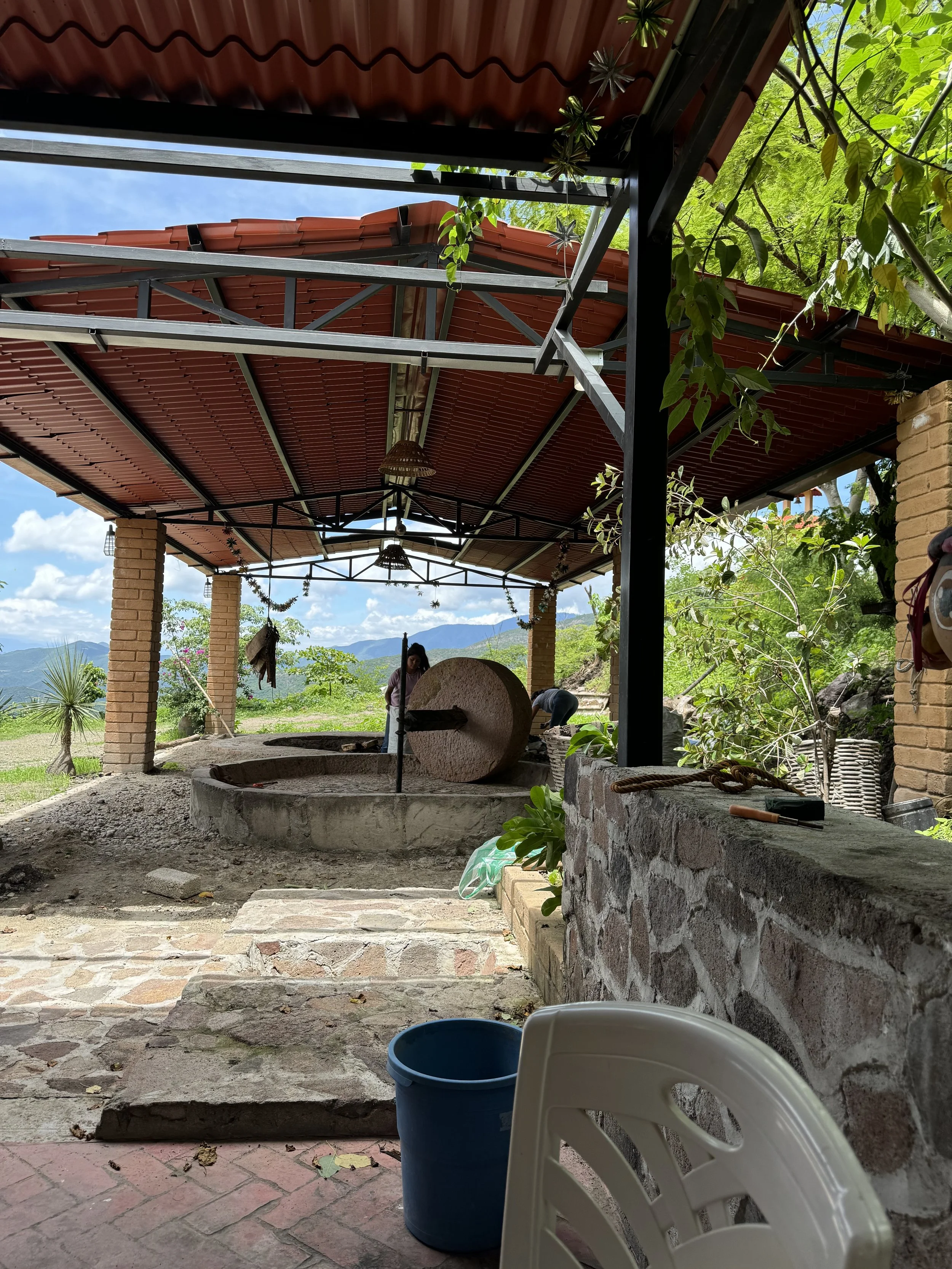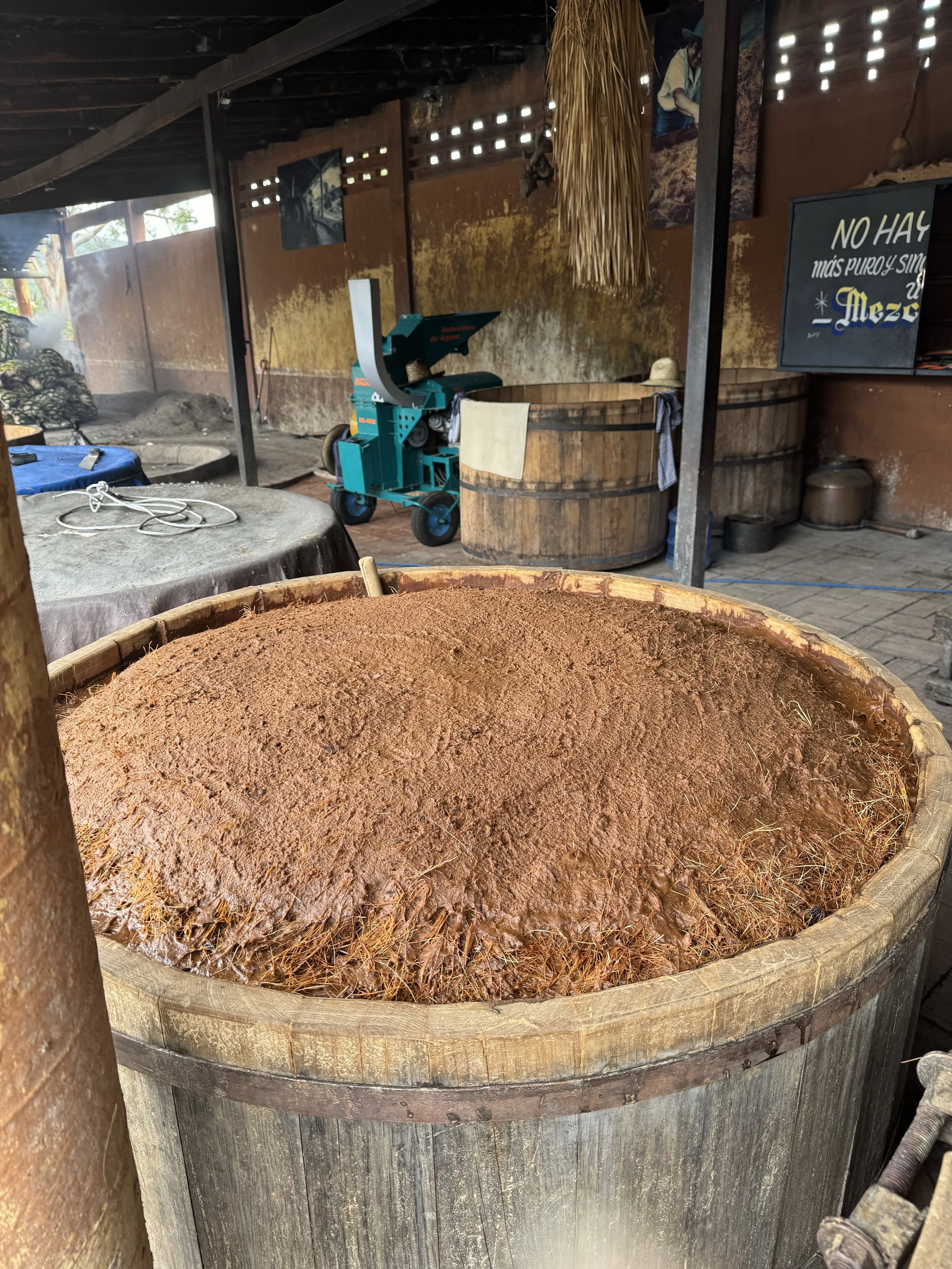Agave: The Heart of Tequila and Mezcal
When you take a sip of tequila or mezcal, you’re not just enjoying a drink; you’re experiencing the spirit of Mexico itself. At the heart of these beloved spirits lies agave, a succulent plant that comes in various shapes, sizes, and flavors, each contributing its unique characteristics to the final product. Join me on a journey through the world of agave, where we’ll explore the different varieties used in tequila and mezcal production, their distinct traits, and the regions that nurture them.
The Star of the Show: Blue Weber Agave
Let’s start with the superstar of the agave family: Blue Weber agave (Agave tequilana). This variety is the exclusive source of tequila, primarily cultivated in the Tequila Valley in Jalisco. With its striking blue-green leaves and sweet, fruity flavor profile, Blue Weber agave can take up to a decade to mature. Its high sugar content is essential for producing the smooth, balanced tequila that enthusiasts adore.
The production process begins when the agave heart, or piña, is harvested. The piña is cooked, fermented, and distilled, transforming its natural sugars into the alcohol we love. The unique terroir of the Tequila Valley, with its volcanic soil and distinct climate, plays a crucial role in shaping the flavor of the tequila produced from this agave variety.
The Complexity of Espadín
Next, let’s venture into the world of mezcal, where Espadín (Agave angustifolia) reigns supreme. Espadín is the most commonly used agave in mezcal production, making up about 90% of the agave used. It’s primarily grown in regions like Oaxaca, where its adaptability to different altitudes and climates allows it to thrive.
Espadín has a complex flavor profile, often exhibiting notes of smoke, citrus, and floral undertones. This variety typically matures within 7 to 10 years, providing a robust and earthy base for mezcal production. The artisanal methods used in many Oaxacan distilleries enhance its character, as the agave is often roasted in underground pits, imparting a distinct smoky flavor that sets mezcal apart from tequila.
The Unique Flavor of Tobalá
For those seeking something a bit more adventurous, Tobalá (Agave potatorum) is a wild variety that’s increasingly gaining popularity in mezcal production. Tobalá is known for its smaller size and slower growth, taking up to 15 years to reach maturity. It flourishes in the rocky, mountainous regions of Oaxaca, and its limited availability makes it a sought-after treasure among mezcal aficionados.
The flavor of Tobalá is often described as rich and complex, with a delightful sweetness and floral notes. Due to its scarcity and the labor-intensive methods required to produce mezcal from this agave, Tobalá expressions can be a bit pricier, but they offer an exquisite tasting experience that’s well worth the investment.
The Diverse World of Agave
Beyond Blue Weber, Espadín, and Tobalá, there are many other agave varieties worth mentioning, each contributing to the diversity of tequila and mezcal:
Madrecuixe (Agave karwinskii): Known for its herbal and vegetal notes, this agave grows in the highlands of Oaxaca and is often used in artisanal mezcal.
Tepeztate (Agave marmorata): A wild variety that takes 20 to 30 years to mature, Tepeztate offers earthy and robust flavors, often sought after for its complexity.
Cuixe (Agave karwinskii): Similar to Madrecuixe, Cuixe is known for its distinctive flavor and texture, contributing to rich mezcal profiles.
Regional Influences on Agave
The regions where agave is cultivated play a pivotal role in shaping the characteristics of tequila and mezcal. For instance, the highlands of Jalisco produce a different style of tequila compared to the lowlands, with the highland spirits often being more fruity and floral. Similarly, Oaxaca, with its diverse ecosystems and rich traditions, produces an array of mezcal styles, each reflective of the local terroir.
Celebrating Agave
As you explore the world of tequila and mezcal, remember that agave is more than just a plant; it’s a symbol of Mexican culture, tradition, and craftsmanship. From the meticulous cultivation and harvesting processes to the artistry of distillation, every bottle tells a story rooted in the land and its people.
So, whether you’re enjoying a crisp tequila cocktail or savoring a smoky mezcal neat, take a moment to appreciate the heart of the spirit—the agave. It’s a journey through flavors, regions, and traditions that brings us closer to the essence of Mexico.
Cheers to Agave!
Next time you raise a glass of tequila or mezcal, think of the beautiful agave plant that made it possible. Here’s to the heart of tequila and mezcal—may it continue to inspire and delight for generations to come!


